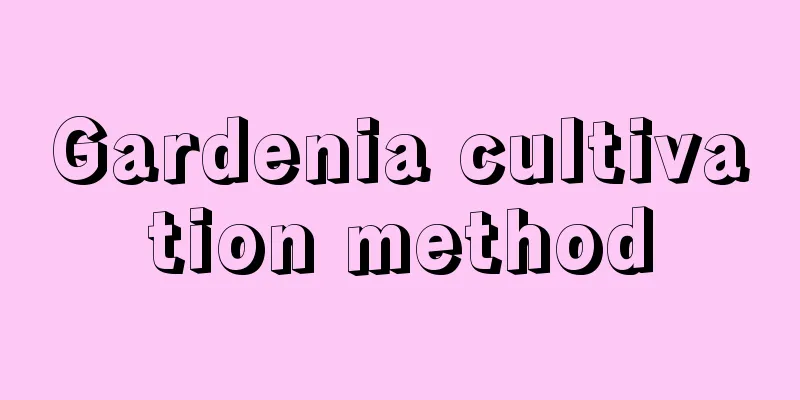Ginkgo leaves fall off after being watered too much, and the leaves turn yellow and wither

1. Watering causes leaves to fall offGinkgo itself prefers a humid environment, but it is not tolerant to waterlogging. Once it is watered too much, the plant's breathing will be restricted. If the situation continues to deteriorate, it will cause root rot, causing the leaves to fall off. In this case, it is necessary to do a good job of drainage, strengthen ventilation, and loosen the soil appropriately so that the moisture in the soil can evaporate as quickly as possible. If the root rot is severe, you can also consider removing the plant from the pot and trimming the roots, cutting off the rotten parts and replanting. 2. What to do if the leaves turn yellow and wither1. Increase light: Ginkgo is a light-loving plant. If it does not get enough light, its leaves will turn yellow and wither. Generally, it should be planted in a sunny place when planted in the ground, so as long as it is not cloudy for a long time, it should not lack light. But it is different for potted plants. Although there is light on the balcony, the ultraviolet rays received will be reduced through the glass, thereby reducing the efficiency of light. You can put it outdoors to bask in the sun. 2. Proper watering: If ginkgo does not get enough water during its growth, its branches and leaves will turn yellow and wither due to lack of water. In this case, appropriate watering is needed, and the amount of water should be controlled. If too much water is given, it will be detrimental to the growth and development of the plant and may also cause root rot. Watering should be done frequently and in small amounts in spring, and not too frequently in summer. You can boil water appropriately in autumn and winter. 3. Supplement fertilizer: Ginkgo is a plant that likes fertilizer and is very resistant to fertilizer. Fertilizer damage rarely occurs, but the leaves will turn yellow and wither due to lack of fertilizer. In this case, we need to observe the location of the yellow leaves to determine which element is missing. For example, if the leaves lack luster, it means they are lacking in nitrogen. If the leaves are yellow and green, it means they are lacking in phosphorus. If the base and middle parts turn yellow, it means they are lacking in potassium. After determining the missing nutrients, supplement them with corresponding fertilizers. |
<<: When does the ginkgo leaf turn yellow? Why does the ginkgo leaf turn yellow?
>>: Can jasmine survive if its leaves turn yellow? What should I do if the leaves turn yellow?
Recommend
This flower will bloom into a waterfall when hung on the wall. If you pick the right time to soak it in water, it will not get sick all year round!
Dendrobium varieties 1. Dendrobium candidum When ...
How to grow jasmine potted plants
Jasmine growth habits Jasmine likes to grow in wa...
Can a cactus survive without roots?
Can survive without roots Don't give up all h...
Is it good to water flowers with snow water? (What are the benefits of watering flowers with melted snow)
Can melted snow be used to water flowers? Water i...
How to propagate Jade Leaf and what to pay attention to
Jade leaf reproduction method There are four ways...
Can lilies bloom without sunlight? Do they need sunlight during their flowering period?
1. Can flowers bloom without sunlight? Lily is a ...
How many days does it take for pitaya seeds to germinate?
How long does it take for dragon fruit seeds to g...
What soil should be used for Areca palm
1. Soil selection Acidic plants need acidic soil ...
What to do if the cyclamen flower stem becomes soft
What to do when the flower stem becomes soft Solu...
How to propagate Phoenix tail bamboo and precautions
How to propagate Phoenix tail bamboo The propagat...
The fastest way to root azalea cuttings
Rhododendron cutting time The time for taking cut...
How to prune calamus
When to prune calamus The general time for prunin...
How to grow white orchids in autumn
1. Lighting It is a sun-loving plant, and suffici...
How to breed Xiuyan
1. Reproduction You can choose to cut off the hea...
When is the best time to repot cymbidium and what should be paid attention to when repotting
Cymbidium orchid repotting time Cymbidium needs t...









